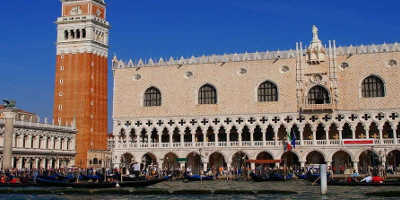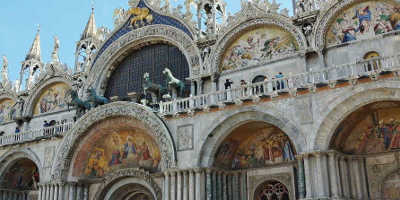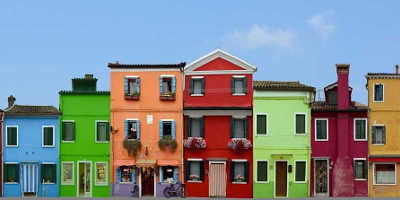What is Murano Glass and Why Is It So Famous?
The island of Murano in Venice is known for its long tradition of glass-making. But what is it? And why is it so famous?
Venice has been a tourist mecca for years, with millions of visitors flocking to explore this unique floating city on the face of the Earth. While there is plenty to see and do in Venice, a day trip to the neighbouring island of Murano, known worldwide for its beautiful Murano glass, makes for a great break away from the hustle and bustle of the Venetian crowds. The history of glassmaking in Murano dates back to 1291 when the Venetian government ordered the glassmakers of Venice to relocate to Murano as a precautionary measure to avert a huge fire. From there on, the small island emerged as one of the most prominent centres of glassmaking in the world. Today, you can still catch firsthand glimpse of artisans handcrafting glass in a number of foundries in Murano.
How is this glass different from the norm?
If you’ve never heard of Murano glass you might be wondering what all the fuss is about. What makes it different from the normal glass windows we have in our homes? First of all, the process of making Murano glass is different from any others. It requires a special glassblowing process that is over 1000 years old. Rediscovered by local artisans who found the remains of ancient Roman glassware at the end of the first millennium, they continuously developed and enhanced the technique which has been relied upon ever since. When making the glass they mix it with other minerals which gives it its funky colours and vibrant designs. The resulting liquid glass mixture is then mouth-blown and then handcrafted by master glassmakers in a series of elaborate steps. They used tools to mould, shape and polish the glass to create unique and beautiful designs. For this reason, high-end Murano Glass is called art glass.
How is Murano Glass made?
The typical Murano glass is made of silica and requires great accuracy! Using silica, soda, lime and potassium glassmakers will begin to heat up the elements so they melt together. They do this in a special furnace at a temperature of 1500 degrees Celcius, until it reaches a liquid state. Very thin layers of real gold or sterling silver are then added to the glass mixture (also known as gold or silver leaf), along with various minerals to give the glass its vibrant colours and designs. For example, copper is used for Avventurina mineral-like sparkles, zinc is added for white colour, cobalt for blue, manganese for violet and gold for red. The resulting liquid glass mixture is then mouth-blown (done by blowing air through a long tube) and hand-crafted by master glassmakers in a series of elaborate steps using special techniques such as Millefiori, Sommerso, Reticello, Filligrana, Bullicante, and many others.
P.S. It is important to note that “by hand” in these conditions means using iron tools for reshaping, as the glass is still burning hot! No bare hands are involved there.
Most of the tools used have were developed in the Middle Ages, and both these and the glass-blowing process have barely changed since then. This method of glass making results in the most beautiful creations, rich in colour and surreal in the patterns and shapes created. That’s why, although all sorts of other glassware has been created around the world, none of it is produced with the same rich history and artistic value behind it as Murano glass.
What makes Murano Glass so famous?
As mentioned above, what makes Murano glass so special is its history and methods of creation. It is world-famous for its unparalleled quality, exquisite range of colours, and not to forget the unsurpassed craftsmanship. In fact, the avant-garde Murano glass is so fine that it can be easily differentiated from all other forms of Venetian glasses. What’s more; the island of Murano boasts a monopoly of quality glassmaking for more than 700 years, developing and perfecting numerous glassworking techniques that are still employed by the local glass artisans, who are using them to handcraft everything from glass tableware, figurines and famous Murano glass chandeliers. Plus, the incredibly wide range of pure colours of Murano glass is still looked at with awe (and envy) by the glassmakers from all around the world.
You can see the history of this exquisite glass art at the Murano Glass Museum, located on the island the glass is named after. Look carefully at the rare and precise deigns that still give the impression of a moving liquid, whilst also looking so fine and fragile when the light hits them. Accessible by vaporetto, you can reach the island of Murano in 10 minutes from Venice. When there, take a walk around its colourful streets and you’ll find yourself stumbling across all sorts of glass-designs. Don’t forget your camera!
Murano is included in our Venice Islands Tour, which also includes Burano and Torcello, an easy way to see all 3 at once!
Related article: Visiting Piazza San Marco






